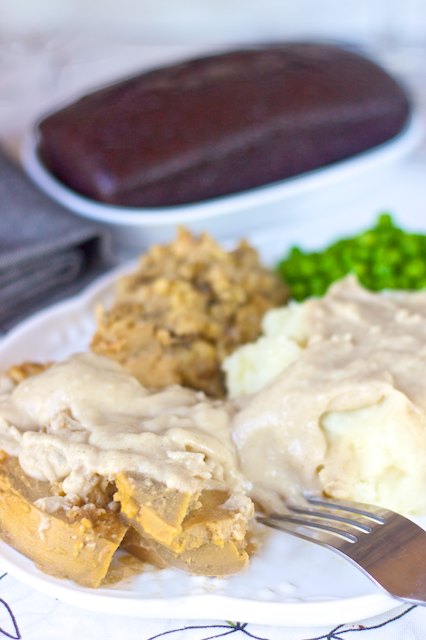Holiday Party: Chocolate + Peppermint Treats

When it comes winter holidays, there’s just something about rich, yummy chocolate that makes a celebration feel extra-festive! Hot chocolate, peppermint bark (a personal fav!), chocolate candy cane cocktails, elegant chocolate fountains, peppermint ice cream cakes with chocolate cookie crust… the list goes on!
An entire Chocolate & Peppermint-inspired theme is actually a great way to add a fun twist to any holiday party. Whether you’re hosting an ornament exchange, a traditional family dinner, or a holiday cocktail party, this sweet duo is always a crowd pleaser – and very holiday-appropriate! There are so many great ways to get creative with this theme – from the party décor to the food! Here are a few ideas to get you started:
***

SWEETS & TREATS:
1. Dove Peppermint Bark Promises
These yummy, silky-smooth chocolates have a subtle peppermint crunch, and they’re only available during the holidays, so they make for an extra-special treat for guests that they can’t get just anytime of the year!
The packaging is also really fun – it has a contemporary look on the outside featuring a modern red & green circles motif, and the inside of each wrapper holds a holiday-inspired message! These are perfect for setting out in bowls during the party, and they also make a great take-home favor idea for a Peppermint & Chocolate party theme. Package them in small red favor boxes wrapped up gift-style with a white bow and a mini candy cane on top!
For an alternate serving idea, Dove Peppermint Bark Promises look great unwrapped and lined up in modern rows on pretty trays lined with decorative red & white striped paper. The square shapes and classic two-tone peppermint bark look of each chocolate makes for a very stylish & chic addition to the dessert buffet.

2. Peppermint & Hot Fudge Ice Cream Cake
This is a holiday favorite that we make every year! It features a buttery chocolate cookie crust & peppermint ice cream topped with gooey hot fudge, whipped cream, and peppermint candy sprinkles. Amazing! Click here for the full recipe.
3. Chocolate Dipped Candy Canes Sticks
This is an easy DIY treat that works well with all kinds of chocolate: milk, dark, white, and peppermint. Just melt the chocolate in a small bowl or coffee mug and dip old-fashioned peppermint candy cane sticks in the chocolate, covering about half of the stick. While the chocolate is still wet, sprinkle it with crushed candy cans, chocolate sprinkles, or white nonpareils and let dry.
***

SIGNATURE COCKTAILS:
Warm up or cool off with these fun signature Cocktail Ideas that coordinate perfect with this theme: Peppermint Patty “Hot Toddies” and Frosty Candy Cane Martinis.
Peppermint Patty Hot Toddy
Ingredients:
1 oz. peppermint schnapps
½ oz. créme de cacao
1 tsp. créme de menthe
5 to 8 oz. hot chocolate
whipped cream
shaved chocolate
Directions:
Pour liqueurs into a glass mug, fill with hot chocolate and top with a generous helping of whipped cream. Garnish with chocolate shavings.
***
Chocolate Covered Candy Cane Martini
Ingredients:
2 oz. vodka
1 oz. chocolate liqueur
1 oz. peppermint schnapps
1 oz. cream
Directions:
Add ingredients to an ice-filled cocktail shaker and shake well. Serve in a chilled martini glass rimmed with crushed candy canes, and hang a mini candy cane on the rim to garnish.
***
DECORATIONS:
• Wrap red ribbon diagonally around white cylinder vases to give them a peppermint candy-cane look. Fill the vases with tight bunches of red and white flowers.
• Wrap white pillar candles with a ring of candy cane sticks, using hot glue to attach the candy sticks all the way around the candle. For the finishing touch, embellish with a band of red satin ribbon. (This concept also works great for round chocolate cakes, substituting frosting as the “adhesive” of course!)
• To add a sweet twist to place settings, embellish chocolate-brown napkins with red & white satin ribbon and a candy cane “topper”.
• Make a chocolate candy-cane garland by gluing a long row of candy canes to a 1.5” band of chocolate-brown satin ribbon. Glue the top “hook” portion of the candy canes to the ribbon, and face each set of 2 candy canes inward towards each other so that their form heart shapes all the way down the banner.




